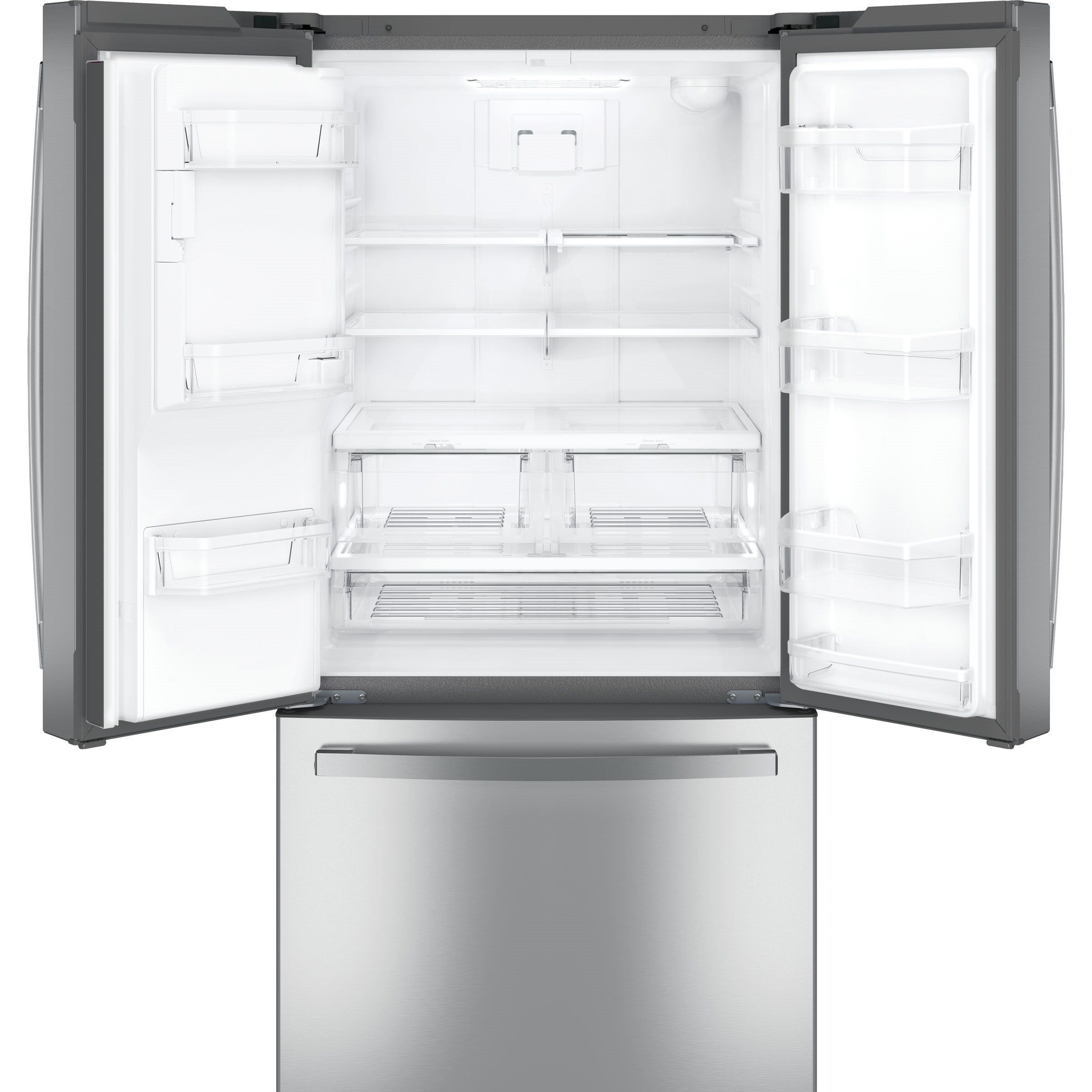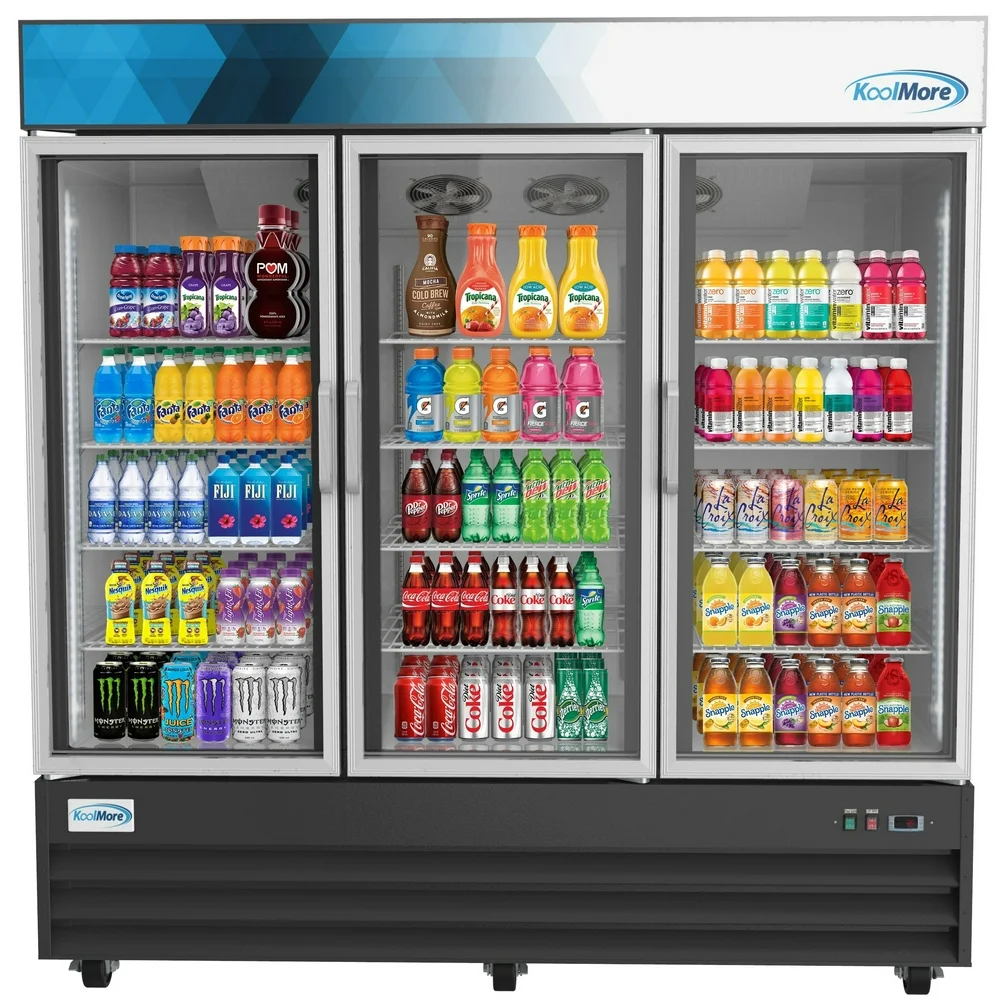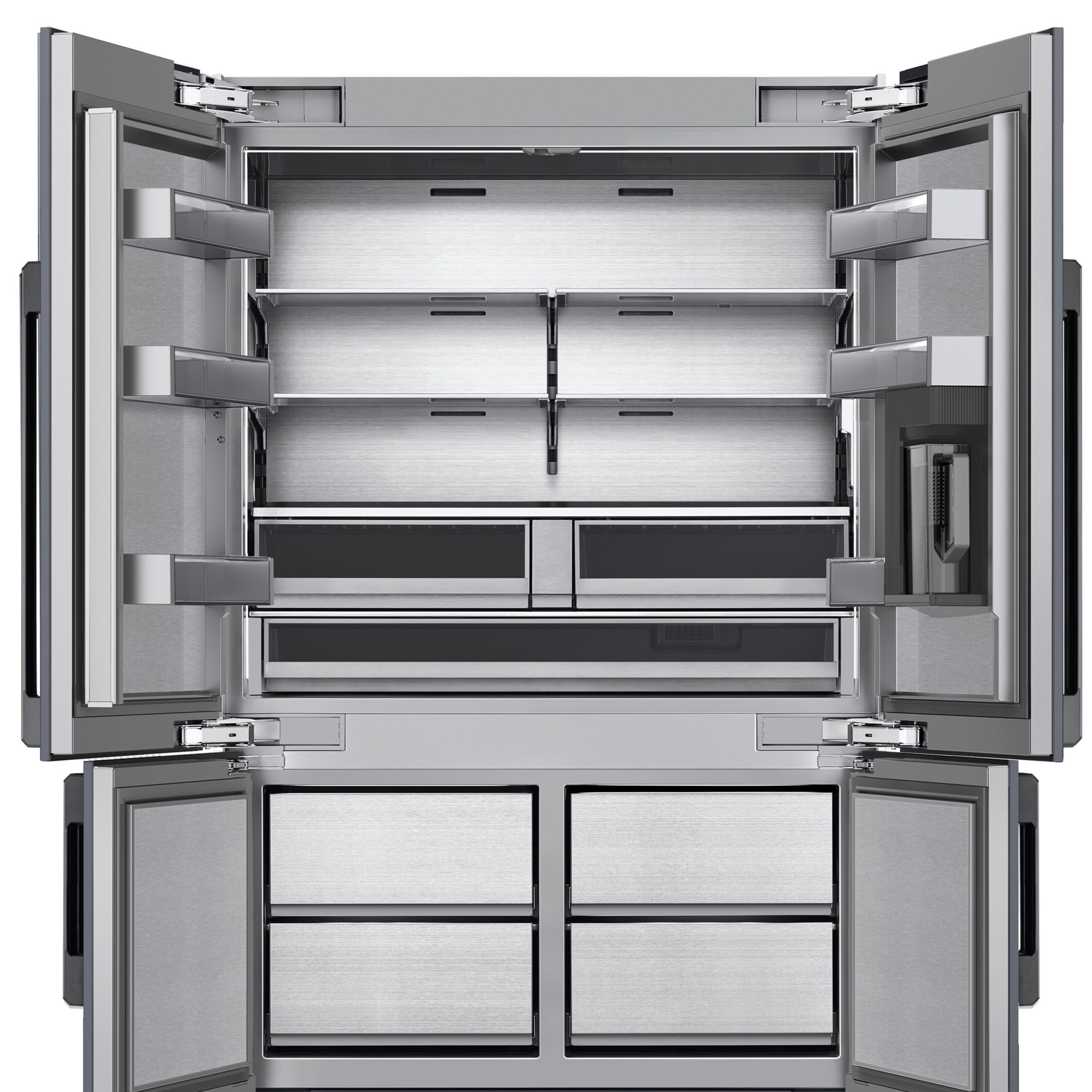When it comes to household appliances, few are as essential as the refrigerator. It not only preserves food and drinks but also plays a significant role in our daily routines. One of the often discussed yet less understood aspects of refrigerator operation is the duration it runs between cycles. In this article, we will delve into this topic, exploring various factors that influence a refrigerator’s run time, tips for optimizing performance, and what to watch for when considering efficiency issues. Ultimately, the answer to “how long should a refrigerator run between cycles?” can depend on multiple variables that we will unpack.
Understanding Refrigerator Cycles
Before we can address how long a refrigerator should run between cycles, it is crucial to understand what a cycle comprises. A refrigerator typically cycles through periods of cooling—a phase when the compressor is actively running—and off phases, when it maintains temperature without actively cooling. The compressor is the heart of the refrigeration system, utilizing refrigerants to absorb heat from the food compartment, expelling it outside the unit.
The Components of Refrigerator Operation
- Compressor: The primary component responsible for cooling. It compresses refrigerant gas, converting it into liquid form so that it can absorb heat.
- Condenser Coils: Located on the back or bottom of the unit, the condenser releases heat absorbed from the fridge, allowing the refrigerant to cool and cycle back into the compressor.
- Evaporator Coils: Found inside the fridge, these coils allow the refrigerant to evaporate, absorbing heat and lowering the temperature within the appliance.
- Thermostat: This device monitors the temperature and sends signals to the compressor to determine when it should run.
- Fans: These circulate air inside the refrigerator and help to dissipate the heat from the condenser.
Understanding these components helps illustrate why a refrigerator’s run time can vary significantly based on several factors.
 Factors Influencing Run Time
Factors Influencing Run Time
Several elements influence how long a refrigerator will run between cycles. These elements can range from the temperature setting to external environmental conditions and the overall condition of the appliance.
1. Temperature Setting
The thermostat setting is one of the most significant determinants of how long a refrigerator will run. Generally, a lower setting results in a longer run time as the appliance works harder to reach and maintain the desired temperature.
- Ideal Temperature: Most experts recommend keeping your refrigerator temperature between 37°F and 40°F (3°C to 4°C) for optimal food preservation.
- Impact of Temperature Setting: Increasing the thermostat’s temperature can shorten run times, while lowering it will have the opposite effect.
2. External Environment
The environment surrounding the refrigerator plays a crucial role as well. Variations in room temperature can affect how much effort the appliance needs to exert to stay cool.
- Ambient Temperature: In warmer environments, the refrigerator will run more frequently, causing shorter intervals between cycles.
- Humidity Levels: High humidity can also affect how long the refrigerator needs to run, as moisture can cause frost buildup, thereby decreasing efficiency.
3. Frequency of Use
How often you open the refrigerator door can impact run time. Increased access allows warm air to enter the unit, causing it to run more frequently to maintain the internal temperature.
- Peak Usage Times: During meals or parties when the door is opened often, the refrigerator will cycle more, affecting overall efficiency.
- Best Practices: Limit the time the door is open and group similar items together for quick access.
4. Size and Type of Refrigerator
Different types and sizes of refrigerators naturally operate differently. Larger refrigerators may take longer to cool down and consequently have longer run times.
- Bottom Freezer vs. Top Freezer: Generally, bottom freezers tend to be more energy-efficient as they often utilize more advanced technology.
- Side-by-Side Models: These can have longer run times due to less space for air circulation.
5. Appliance Condition and Maintenance
An older or poorly maintained refrigerator may struggle to maintain temperature efficiently, leading to longer run times.
- Regular Maintenance: Cleaning the condenser coils, checking door seals, and ensuring proper airflow can significantly affect how effectively the refrigerator operates.
- Signs of Trouble: If you notice your refrigerator running continuously without cycling off, it may indicate a need for service or parts replacement.
How Long Should It Typically Run?
Typically, a refrigerator cycles on for 8 to 12 hours a day, depending on its design and usage conditions. However, the duration of each cycle can vary.
Average Cycle Duration
- Cooling Periods: The average compressor run time during a cooling cycle can last anywhere from 15 minutes to an hour.
- Off Periods: Once it reaches the desired temperature, the refrigerator may remain off for about 30 minutes to an hour.
Seasonal Considerations
During summer months, refrigerators may run longer due to increased ambient temperatures, while during winter, they might cycle less frequently.
Ideal Running Time
In general, you can consider it normal if your refrigerator runs for about 1/3 of the time over a 24-hour period. If it consistently runs for longer durations, it may be time for a check-up.
Optimizing Refrigerator Performance
Knowing how long a refrigerator should run between cycles leads to some actionable insights to improve performance, efficiency, and longevity.
1. Keep it Sealed
Ensure that the refrigerator doors seal properly. Faulty seals can lead to temperature fluctuations and excessive run times.
2. Maintain Proper Ventilation
Allow for adequate air circulation around the refrigerator. Keeping it away from walls and other appliances promotes efficient cooling and minimizes run time.
3. Clean Regularly
Dust and debris can affect functionality. Clean condenser coils at least twice a year and check for obstructions around the refrigerator.
4. Set an Optimal Temperature
As noted earlier, keeping the refrigerator between 37°F to 40°F (3°C to 4°C) not only optimizes food preservation but also manages energy consumption effectively.
5. Consider Energy-Saving Modes
Many modern refrigerators come with energy-saving options. Utilizing these features can help maintain efficiency, particularly during off-peak hours.
 What to Watch For
What to Watch For
As with any appliance, you need to be vigilant about signs of trouble, particularly concerning how long a refrigerator runs between cycles.
1. Constant Running
If your refrigerator runs continuously without a break, this might indicate issues such as:
- Faulty Thermostat: The thermostat may be malfunctioning, not properly signaling the compressor to turn off.
- Low Refrigerant Levels: Insufficient refrigerant can strain the compressor, leading to extended run times.
2. Temperature Fluctuations
If you notice your refrigerator struggling with inconsistent temperatures, it could mean:
- Blocked Vents: Food items might obstruct air circulation, leading to inconsistent cooling.
- Worn-Out Components: Aging parts can also affect performance and temperature stability.
3. Excessive Noise
An unusually loud refrigerator may be a warning sign:
- Compressor Noise: While some noise is normal, any significant changes could indicate issues with the compressor.
- Fan Problems: Noisy fans might disrupt overall cooling efficiency, leading to longer cycling times.
Conclusion
In summary, the question of “how long should a refrigerator run between cycles?” cannot be answered with a single number—it varies based on several factors, including temperature settings, room conditions, frequency of use, and the condition of the appliance itself. Understanding these factors can help you monitor your refrigerator’s performance and take necessary actions to optimize its efficiency. If you find that your refrigerator is running abnormally long or showing signs of distress, don’t hesitate to seek professional help. Taking care of your refrigerator will ensure it continues to serve its vital role in your home for years to come.

